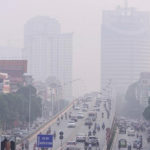Understanding PM Fine Dust
The World Health Organization (WHO) reports that over 92% of the global population is exposed to polluted air, with Vietnam ranking among the countries at high risk. Despite the ongoing efforts of various organizations and agencies to enforce environmental protection policies, air pollution rates in the country continue to rise. Fine dust and ultrafine dust have been identified as primary pollutants that greatly impact human health.
According to the US Environmental Protection Agency (EPA), fine dust or particulate matter (PM) refers to inorganic or organic molecules that are airborne. These particles primarily originate from vehicle emissions or the combustion of organic fuels in industrial processes.
The size of fine dust particles varies greatly and is challenging to perceive with the naked eye. It is quantified in micrometers (µm).

Understanding the Differences between Fine Dust and Ultrafine Dust
Highest PM1.0 Fine Dust Level Recorded in 14 Years
The fine dust particles known as PM1.0 have a size of less than 1 µm, which is only 1/50 the width of a hair. These tiny particles are able to penetrate the protective barrier of the respiratory system, leading to blockage of the alveoli exchange. In addition, exposure to PM1.0 can have detrimental effects on the nervous system and DNA structure within the human body.

Report: PM2.5 Fine Dust Pollution Level in Seoul Cut in Half
PM2.5 fine dust particles have a size range of 1.0-2.5 µm, which is just 1/20th the width of a human hair. These tiny particles are capable of entering the bloodstream when inhaled.
Fine dust, also known as particulate matter, is composed of nitrogen, carbon, and various metallic compounds. As the concentration of these particles in the air rises, visibility is impaired, leading to a hazy ambiance similar to fog.
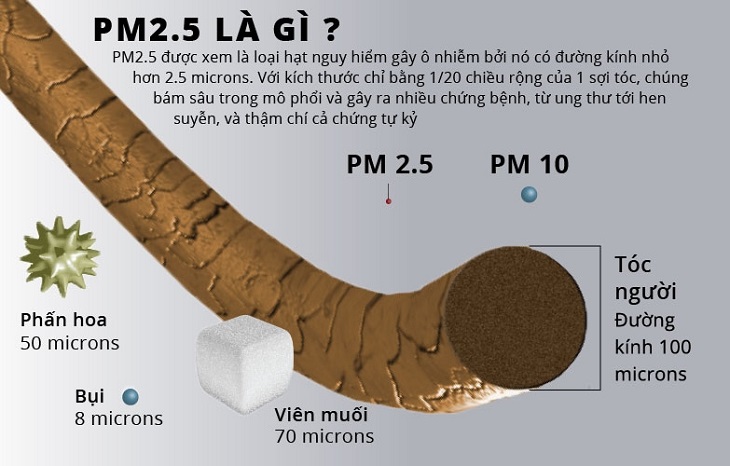
Seoul Sees Lowest PM10 Fine Dust Concentrations in Four Months
PM10 fine dust particles have a size measurement of 2.5 – 10 µm, which is just one-fifth the width of a strand of hair. These particles can be generated from various natural events, including forest fires, volcanic eruptions, tornadoes, and sandstorms. Additionally, they can be comprised of pollen debris, fungal spores, and insect waste.
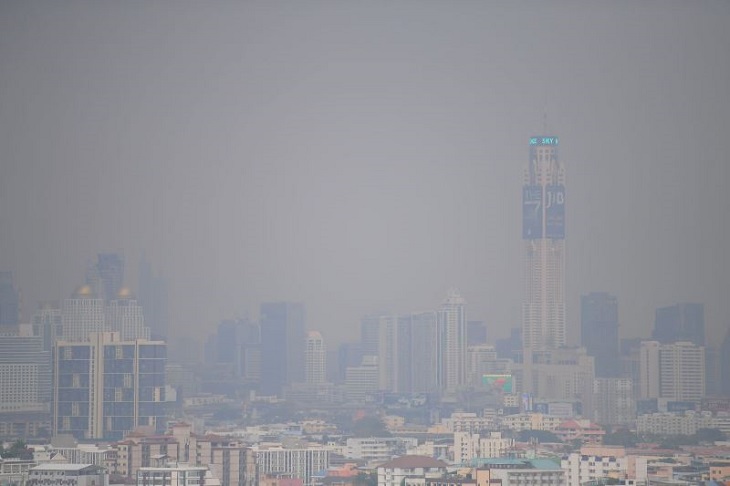
Detection of Different Types of Ultrafine Dust PM0.01, PM0.3, and PM0.1 in Seoul
Our product offers PM0.01 ultrafine dust protection with particle sizes as small as 0.01 micrometers.
– The PM0.3 ultrafine dust includes particles that are as small as 0.3 micrometers in size.
PM0.1 ultrafine dust refers to particles with a particle size as small as 0.1 micrometers. This type of dust is commonly found in densely populated cities and industrial areas, and is present in our daily lives. It is important to note that PM0.1 ultrafine dust is not visible to the naked eye, much like pollen particles measuring 10-30 micrometers. Consequently, microorganisms such as viruses and bacteria with even smaller sizes are also invisible without the use of specialized equipment.

“Forecast of High Fine Dust Levels Over Next 8 Days”
The fine dust PM2.5 ranges in size from 1.0 to 2.5 micrometers, while the ultrafine dust PM0.01 has a particle size of 0.01 micrometers. Consequently, as the size of the fine dust decreases, it becomes increasingly difficult to detect without assistance. Inhaling such particles can lead to unpredictable and potentially harmful effects on health.
The following is a list of fine dust and ultrafine dust types, arranged from largest to smallest in terms of size:
1. PM10
2. PM2.5
3. PM1.0
4. PM0.3
5. PM0.1
6. PM0.01
To mitigate exposure to fine dust particles like PM0.3 and PM0.01, investing in high-quality air purifiers is highly recommended. These devices effectively improve the overall air quality in your surroundings and can efficiently filter out ultrafine dust.

4 Factors Contributing to PM Fine Dust Pollution
- Climate change and natural disasters, such as volcanic eruptions and forest fires, are significant global concerns. These events have a profound impact on both the environment and human populations. It is crucial to address and understand the causes and effects of climate change in order to mitigate its adverse effects and protect the planet for future generations.
- Emissions from various modes of transportation, including motorcycles, cars, trains, and airplanes, are a significant concern.
- Burning straw and grass can result in significant and potentially devastating fires.
-
Traditional Stoves
Our traditional stoves are designed to use biomass fuel efficiently.
- Industrial emissions are a significant environmental concern, particularly those emitted by factories and plants. These emissions can have detrimental effects on air quality, contribute to climate change, and negatively impact human health and well-being. As such, it is crucial for industries to prioritize sustainable practices and implement measures to reduce their emissions. By adopting cleaner technologies, improving energy efficiency, and promoting responsible waste management, industries can play a pivotal role in mitigating the adverse impacts of their operations on the environment. Additionally, governments and regulatory bodies must enforce strict emission standards and provide incentives for industries to transition to more environmentally friendly practices. Through concerted efforts, we can work towards a cleaner and greener industrial sector that minimizes its impact on the planet.
- Construction site dust is a common concern that can adversely affect the environment and human health. It is essential to manage and control dust emissions during construction activities to minimize their impact. Proper dust suppression measures, such as using water or chemical dust suppressants, can help keep construction site dust under control. Additionally, implementing proper construction site management practices, such as erecting windbreaks and covering loose materials, can further prevent dust from spreading to surrounding areas. It is crucial for construction companies to prioritize dust management and ensure compliance with all relevant regulations and guidelines to maintain a clean and healthy environment for all stakeholders involved.

Health Impacts of Fine and Ultrafine Dust Pollution
Millions Suffering from Allergies Annually
PM2.5 dust can carry bacteria from the environment, leading to symptoms such as itching, discomfort, and allergic reactions. Additionally, it is a major contributor to eye pain, nasal inflammation, and respiratory illnesses.

Air Pollution May Increase Risk of Lung Diseases
Hemoglobin is a vital component found in the bloodstream that serves to transport oxygen to cells. However, the presence of dust particles, along with harmful gases like CO, SO2, and NO2, interferes with the ability of hemoglobin to effectively combine with oxygen. Consequently, this can lead to various health issues including irritation of the respiratory system’s components such as the nose, throat, and eyes. Symptoms like coughing, sneezing, and the development of respiratory diseases such as chronic bronchitis, decline in lung function, chronic obstructive pulmonary disease, and even lung cancer can occur as a result.
Exposure to fine dust particles can have negative effects on human health. When inhaled, these particles can penetrate the respiratory system and adhere to the lungs and blood vessels. This can result in various symptoms, such as hoarseness, sneezing, and difficulty breathing. It is important to minimize exposure to fine dust to protect respiratory health.
Exposure to PM2.5 and PM10 dust particles can lead to the development of respiratory diseases, including chronic bronchitis, decline in lung function, chronic obstructive pulmonary disease (COPD), and even more severe conditions such as lung cancer and mortality.
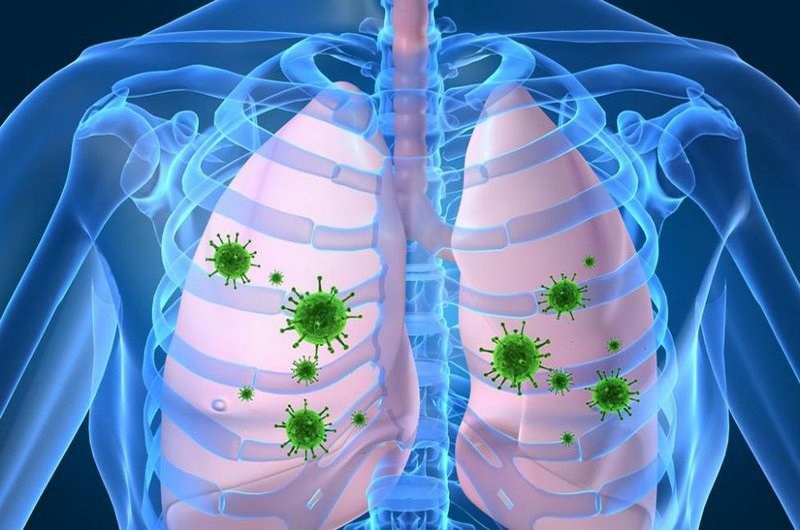
Cardiovascular Diseases Remain the Leading Global Cause of Death
The detrimental impacts of fine dust on the human body are a cause for concern, particularly with regard to the development of cardiovascular diseases. Additionally, the nervous system is not spared from its effects, as fine dust can harm the alveoli by infiltrating the gas barrier and subsequently entering the circulatory system, leading to the onset of various diseases.
Exposure to fine dust can lead to the sudden rupture of blood vessels, which can in turn result in the formation of blood clots and pose a threat to heart health.

Tracing the Root of Nervous Disorders to Childhood
Recent research studies suggest that exposure to fine dust particles has the potential to cause adverse effects on human health, including the development of nervous disorders. Acute inflammation resulting from this exposure has been linked to the onset of Alzheimer’s and Parkinson’s diseases. Moreover, prolonged exposure may contribute to neural degeneration and an increased risk of stroke.

Increase in Reproductive Disorders among Men
The World Health Organization (WHO) has issued warnings about the impact of fine dust and air pollution on pregnancy and the fetus. Numerous studies have demonstrated that these particulate matter can result in preterm birth, low birth weight, fetal malformations, and infant mortality.

Role of Suppressed Immune Response in Severe COVID-19 Cases Explored
Exposure to polluted air can adversely affect the immune system of young children and the elderly, diminishing their capacity to combat diseases like influenza, diarrhea, acute respiratory infections, or pneumonia.

Hearing Difficulties Connected to Decline in Memory Performance
Air pollution has been found to have a detrimental impact on various aspects of human health, particularly brain function. Research has shown that prolonged exposure to air pollution can increase the risk of stroke and contribute to the development of depression and memory loss. Additionally, studies have indicated that long-term exposure to air pollution can lead to accelerated cognitive decline. Therefore, it is essential to recognize the negative effects of air pollution on the brain and take necessary measures to mitigate its impact.

Dangerous Substance Discovered in Common Dog Food
The human body generates free radicals upon prolonged exposure to dust particles, which can adversely affect cellular integrity and vital molecules, including DNA, thereby presenting significant health implications.
Development of cancerous tumors can be attributed to mutations in cells. Prolonged exposure to dust-filled polluted air further escalates the risk of cancer.
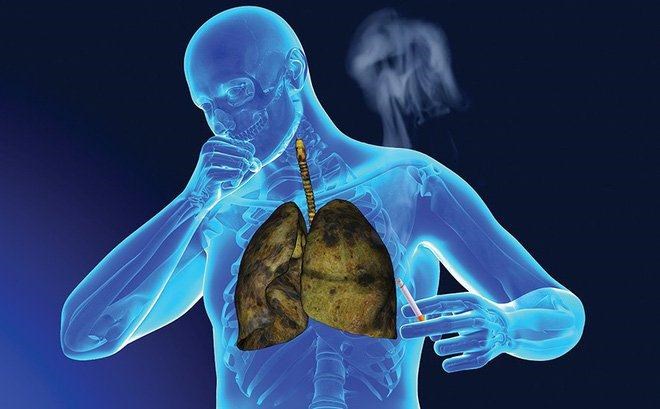
Africa Struggles with Rising Mortality Rates
Numerous studies conducted globally have consistently demonstrated that fine dust is a significant contributor to adverse health effects. This includes a notable increase in mortality rates at alarming levels.
There are certain groups of people who are at higher risk of experiencing a high mortality rate due to prolonged exposure to fine dust. These groups include patients with diabetes, individuals with a history of heart disease, the elderly, and those with low socioeconomic status.

The Health Risk of Excessive Screen Time in Young Children
The effects of fine dust on young children should not be underestimated. Exposure to fine dust during pregnancy can have adverse health effects on both the mother and the developing fetus. It is crucial for mothers to be aware that this exposure may contribute to conditions such as low birth weight, autism, and neurological disorders in infants.

5 Steps to Mitigate the Harmful Effects of Fine Dust
Improve Lifestyle Choices to Combat Climate Change
Maintain cleanliness in your house by performing routine tasks such as vacuuming and decluttering to remove unnecessary items. Additionally, make sure to clean household devices like fans, air conditioners, and other equipment on a regular basis.
Regular maintenance is crucial for electronic devices. Over time, these devices tend to accumulate dust, which can negatively impact indoor air quality and temperature. If not promptly cleaned, they can become breeding grounds for allergens, posing a risk to overall health.
To minimize the impact of dust and environmental pollution, it is important to take certain precautions. Limiting movement in heavily polluted areas and practicing good personal hygiene upon returning home are essential measures to adopt. Wearing a protective mask is highly recommended, and staying hydrated by drinking plenty of water helps in preventing dehydration and promoting throat cleansing.

Wearing a Mask to Reduce Risk of Contracting Covid-19
It is advisable to wear a specialized mask for protection against ultrafine dust when venturing outside. During peak hours, it is recommended to limit travel and avoid polluted areas whenever possible.
It is recommended to purchase masks from pharmacies or reputable large supermarkets. Additionally, conducting thorough research is advised to ensure avoidance of counterfeit or substandard products.
Our product offering includes a wide range of high-quality masks to cater to different needs and preferences. We have N95 masks, antibacterial fabric masks, 3M masks, and medical masks with three or more layers. Feel confident in your choice and ensure the utmost protection with our reliable masks.

Implementing Technology to Combat Air Pollution Through Filtration of Fine Dust Particles
Dust is a common issue within our homes, even when we mistakenly believe that it is only present outside. Even when our homes are closed off, dust can still infiltrate through our curtains.
However, it is not possible to visually detect the presence of minuscule dust particles and bacteria in the air. Even in enclosed spaces such as bedrooms, sweeping with a broom often reveals a significant amount of dust.
Investing in devices that have the ability to filter fine dust within the household, such as [product name], can effectively minimize the presence of dust particles for the well-being of your family.

With the above information, it is hoped that you will develop a comprehensive understanding of PM fine dust and adopt a scientific approach to maintaining a healthy lifestyle. By implementing effective preventive measures, you can safeguard your well-being and that of your family.
Delhi Launches Applications to Monitor Air Pollution
Bach Khoa GREEN is raising awareness of the concerning levels of air pollution present in Ho Chi Minh City and Hanoi, the two biggest cities of our country. To help in protecting the health of individuals and their families, the organization is introducing different applications dedicated for monitoring air pollution.
Comparing Benefits of Cycling and Running as Exercise
Wondering which form of cardio exercise is best for your health and daily exercise routine? Should you cycle or run? This article explores the different benefits of cycling and running, and how either one can help improve your physical and mental wellbeing.
























